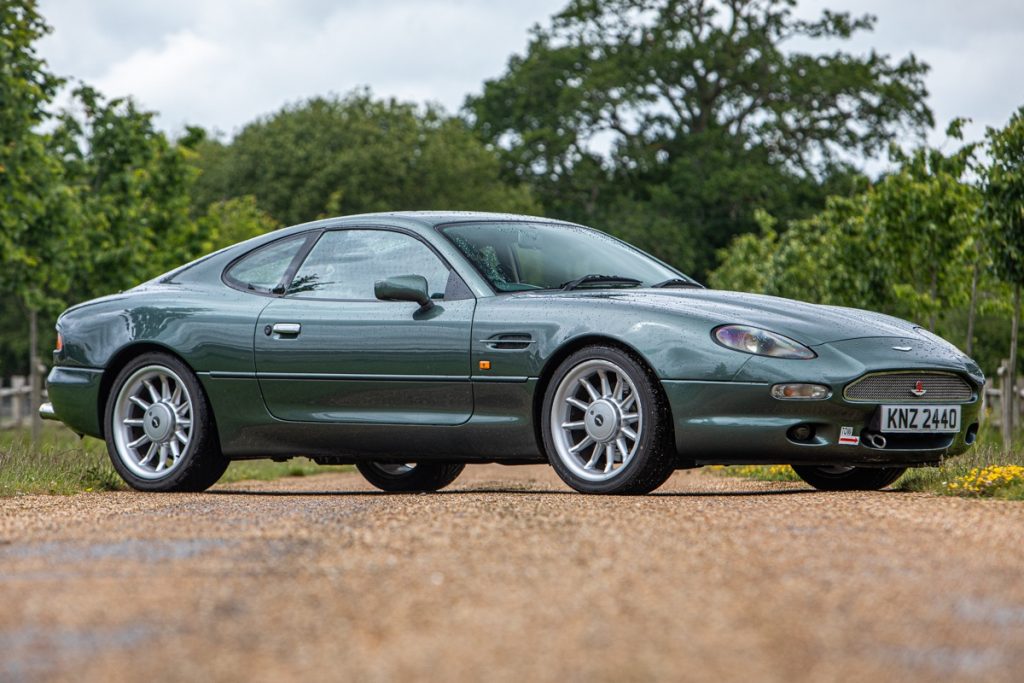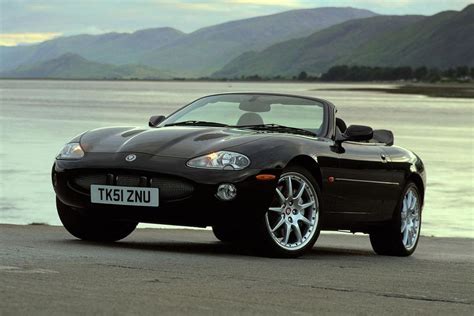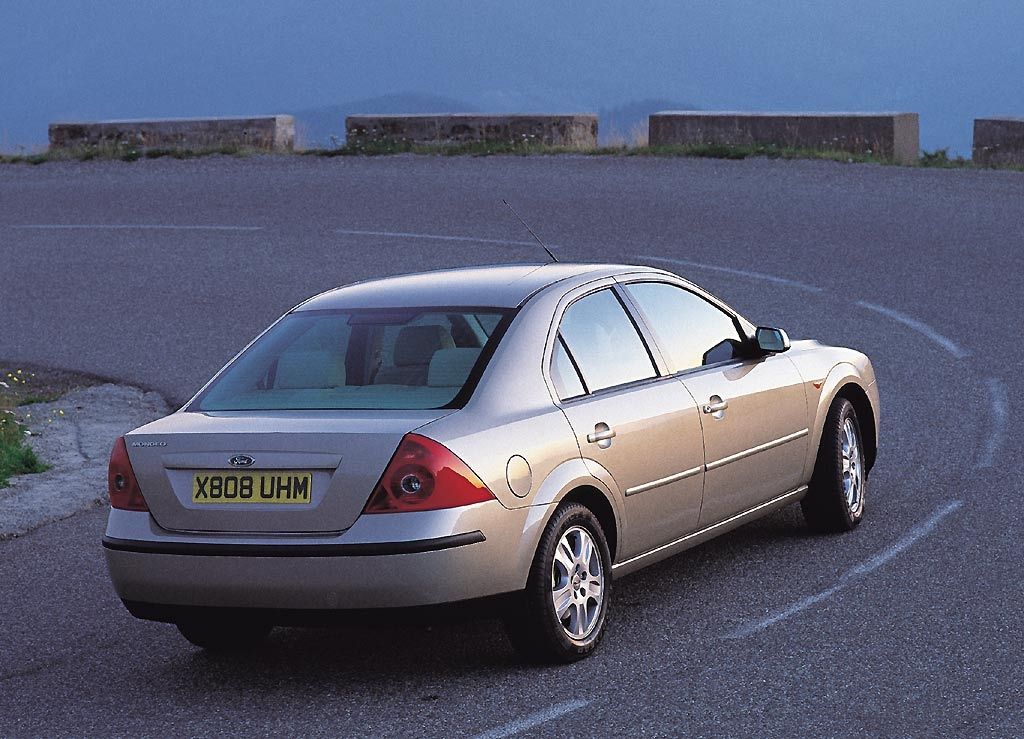Shared engineering has been a thing in car manufacturing ever since the Austin Seven became the BMW Dixi in 1927. And if you’re senior enough to remember that, we salute you. In more modern times, though, the lines have become as blurred as white lines at speed, and many motorists won’t realise that a car they may have owned had a clone. Here are nine pairs of that are either related or, in some cases, close enough to be considered cars separated at birth.
Porsche 356 and Volkswagen Beetle
There’s a very good reason why the first commercially successful Porsche looked like a squashed Volkswagen Beetle – and that’s because it was.

The 356 made its debut in 1948 built in a factory in Gmund, Austria, using Beetle running gear, with new lightweight and delicate bodywork and a performance-tuned air-cooled four-cylinder engine mounted behind the rear axle.
The chassis was actually a Porsche design, despite many an old wives’ tales that suggests it’s little more than a Beetle platform, but certain mechanical parts, including the engine case and some suspension components, were based on and initially sourced from Volkswagen.
MG ZS and Honda Civic
The whale-tailed low-slung ZS 180 was MG Rover’s last true great, startling critics by taking the chassis of the rather humdrum Rover 45 and transforming it into one of the finest-handling front-wheel-drive cars of the early 2000s. It also became a successful BTCC racer.
But beneath the Sports Direct exterior and sweet V6 powertrain lay the basics of the 1994 Honda Civic, one of the last collaborations between Honda and Rover before BMW took control, and itself based on the 1991 Honda Domani, which was never sold in the UK.
Aston Martin DB7 and Jaguar XK8
As detailed in our 2021 Bull Market list, the Aston Martin DB7 was the first Aston to be launched under Ford’s ownership but the gestation of the car goes back a lot further. Prior to Ford ownership the boss of the previously independent Aston Martin, Walter Hayes, was looking for an inexpensive way to bring in a new ‘baby’ Aston below the Virage. The answer, at least in the eyes of Tom Wilkinshaw, who had been turned down by Jaguar after pitching a concept for a ‘new E-Type,’ lay in using the chassis of the Jaguar XJS, with a tuned and supercharged version of Jaguar’s 3.2-litre AJ16 engine and styling from Ian Callum. It was a parts-bin special, using the door handles and tail lights from a Mazda 323 and interior switchgear from the Ford Scorpio, but it looked amazing.
Meanwhile Jaguar – itself owned by Ford – wanted a new sports car of its own so when Ford acquired Aston Martin it made sense to develop a car that was also based on the XJS chassis, seeing as the Aston had gone down a storm. It’s no surprise, then, that the XK8 looked similar to the DB7, as – V8 engine aside – it was essentially the same under the skin.
Ford Mondeo and Jaguar X-Type
In the lead up to the launch of the Jaguar X-Type in 2001, there was one word that the company as good as banned its employees from using. It was the M-Word, or ‘Mondeo’.
But that didn’t stop the motoring press from noticing. For every dodged question about the baby Jaguar being based on Ford’s fleet favourite just confirmed the obvious – that beneath the mini-XJ styling was the car most beloved of the UK’s travelling salesmen. The X-Type was based on the Mondeo estate and not the more popular hatch, the reason being that the load-lugger’s rear subframe was better designed to accommodate the Jaguar’s all-wheel-drive set-up.
Why Jaguar was so bothered by this is anyone’s guess. For years, Audi had been building posh cars on VW running gear without a hint of reputational damage and the Mondeo was – at the time – universally regarded as a great car to drive.
By 2003, the whole notion of protecting ‘Jaguarness’ had gone in the bin and the X-Type enjoyed its best years courtesy of front-wheel-drive and the engine from a Ford Transit powering the diesel variant.
Volkswagen Golf GTI and Seat Leon Cupra 20VT
When it comes to producing cars separated at birth, few companies spread the love quite like the Volkswagen Group. It might not have been the most iconic of GTIs, but the 20-valve turbo version was probably the best iteration to come off the Golf Mk 4 platform – at least until the R32 arrived.
Even so, it left GTI fans cold, which makes it slightly ironic that when sister company Seat came along with the Leon Cupra 20VT, the Spanish-built model was heaped with praise from the world’s automotive media. It went to show just how much comes from expectations in the first place.
As the Cupra evolved, it grew bigger and more powerful. The 150PS VT became the Cupra 180, then the 225, which had the same power output as the top-of-the-range Audi TT. The Leon Cupra became a performance car darling, its owners enraptured by its abilities that somehow seemed lacking from the Golf GTI, which used essentially the same chassis and powertrain set-up.
So VW Group tried again by adding a dose of turbocharged steroids to the even more anodyne Skoda Octavia and boom! It had another hit on its hands. But that’s another story…
Triumph Dolomite and Saab 99
The Dolomite was Britain’s answer to the BMW 2002 and one of the first ever ‘compact executive’ cars, with driving dynamics and cabin quality that was a cut above the average mid-size rival.
It evolved from the front-wheel-drive Triumph 1500 saloon, but by the time it became the Dolomite the snub-tailed Triumph had switched to rear-wheel drive, while the old overhead valve engine that could trace its roots back to the 1940s had been replaced by a slant-four powerplant.
Over in Scandinavia, Saab was watching Triumph carefully. It was a similar brand in many respects, so when it came to introduce the Saab 99 into the same compact market sector, it turned to Triumph to use the slant-four engine. Ironically, the 99 was closer to Triumph’s original concept as it was longitudinally engined and front-wheel-drive, like the car the Dolomite replaced.
Lotus Elise and Vauxhall VX220
The VX220, or Opel Speedster as it is better known outside of Britain, came about during GM’s ownership of Lotus, which had come to an end before the car even existed.
The theory behind it was simple. Vauxhall’s model range was considered ‘boring’ by many, so it needed an injection of excitement, which would be a Vauxhall version of the new Lotus. That car turned out to be the Elise, which was powered by the Rover K-Series engine by the time it reached production but had originally been conceived around GM’s own four-cylinder units. Hence the VX220 having Vauxhall’s own 2.2-litre direct injection unit out the back.
Honda Accord and Rover 600
Never has a car been so actively under-marketed as the Rover 600, which arrived to much fanfare in 2003 as a BMW 3-Series rival for Ford Mondeo money.
And it was. Back then, the posh 600, with its delicate styling and sumptuous cabin, was easily good enough to be considered as an alternative to the German exec, not least because it was eminently more practical to boot. It was one of the best cars ever to come from the Rover and Honda alliance and it shared its chassis, dashboard, doors and glass with the Honda Accord, itself a cut above rivals from Nissan and Toyota.
But then came a curveball that nobody expected. BMW bought Rover and suddenly the 600’s relevance disappeared overnight. A combination of expensive licence fees payable to Honda and a need to protect the 3-Series’ market share meant retail sales of the 600 fell by the wayside, with the car only existing to meet Rover’s fleet demand for cars in the same size segment. Dealers were even encouraged to steer customers towards the smaller 400 saloon instead as the profit margin was greater. For the last four years of its life, the 600 was deliberately overlooked – a rather ignominious demise for what was one of the British company’s best-ever cars.
Citroen Saxo and Peugeot 106
Peugeot and Citroen had developed cars in tandem under the PSA umbrella for years, with the two companies’ model ranges becoming ever-more convergent as the market grew more competitive. For Peugeot, the emergence of the 306 off the Citroen ZX platform was a masterstroke, as it resulted in one of the finest compact hatchbacks ever made.
Citroen’s payback came in the form of the Saxo, which arrived in early 1996 and was essentially a Peugeot 106 with new front and rear end treatment, but the same middle bodywork, doors, roof, glass, chassis and dashboard moulding.
It suited Citroen’s marketing strategy down to the ground, though. The Saxo, with its cheap insurance and youth-oriented marketing, became a very cool car among youngsters, especially when the ‘warm’ VTR and slightly warmer VTS arrived – soon earning the nickname ‘Maxo.’ It ended up outselling the Peugeot on which it was based. Maxo indeed.
A judge’s guide to preparing an entry for Hagerty’s Festival of the Unexceptional


























“beneath the Sports Direct exterior”
Haha, brutal!
Vauxhall Magnum – Panther Lima
Triumph Herald/Vitesse – Bond Equipe
Triumph Dolomite – Panther Rio
Hillmam Imp – Ginetta G15
Fantastic selection, Colin. Come on everyone else – which pairs can you add?
I drove the Lotus Elise back-to-back against the Vauxhall VX220 on a number of occasions at Palmer Motorsport school and came away every time with the feeling that the VX220 was a better car. No squeaks or rattles in the bodyshell, tighter suspension, superior driving experience, and a strong sense that it was a higher quality product. They were both great fun but the VX gave just that little bit extra.